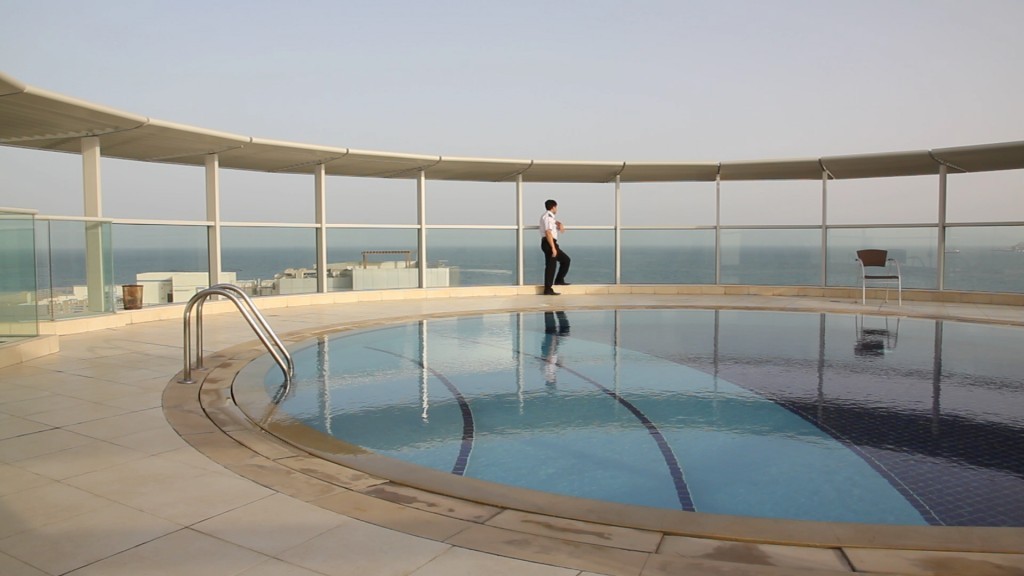Hajra Waheed
15 Feb - 20 Aug 2017

Hajra Waheed
The Video Installation Project 1-10: Fayaz, (still from the video), 2011-2013
HD Video, 3 min 42 s, 1/3
Collection of the Musée d’art contemporain de Montréal
The Video Installation Project 1-10: Fayaz, (still from the video), 2011-2013
HD Video, 3 min 42 s, 1/3
Collection of the Musée d’art contemporain de Montréal
HAJRA WAHEED
The Video Installation Project 1-10
15 February – 20 August 2017
Curator: Marie-Eve Beaupré
Inspired by news stories, in-depth research and her own journey, Hajra Waheed takes a critical look at issues related to the workings of power, mass surveillance and the traumas that stem from mass migration. The visual language she has developed reflects her early years in Saudi Arabia, where she experienced uprootedness, censorship, travel restrictions and the first Gulf War.
The Video Installation Project 1–10 is a video work consisting of 10 short vignettes produced in various places where photographic and video documentation is prohibited. These micro-narratives, developed like discreet observation exercises, arise out of a lengthy process of image gathering. In them, the artist captures beauty in the mundane, surprises in everyday routine, cultural distortion and the constraints of censorship. Nothing in this work is staged. The events filmed form a series of “magic moments,” like so many pages of a private diary in which the spectacular and the banal collide.
The Video Installation Project 1-10
15 February – 20 August 2017
Curator: Marie-Eve Beaupré
Inspired by news stories, in-depth research and her own journey, Hajra Waheed takes a critical look at issues related to the workings of power, mass surveillance and the traumas that stem from mass migration. The visual language she has developed reflects her early years in Saudi Arabia, where she experienced uprootedness, censorship, travel restrictions and the first Gulf War.
The Video Installation Project 1–10 is a video work consisting of 10 short vignettes produced in various places where photographic and video documentation is prohibited. These micro-narratives, developed like discreet observation exercises, arise out of a lengthy process of image gathering. In them, the artist captures beauty in the mundane, surprises in everyday routine, cultural distortion and the constraints of censorship. Nothing in this work is staged. The events filmed form a series of “magic moments,” like so many pages of a private diary in which the spectacular and the banal collide.
